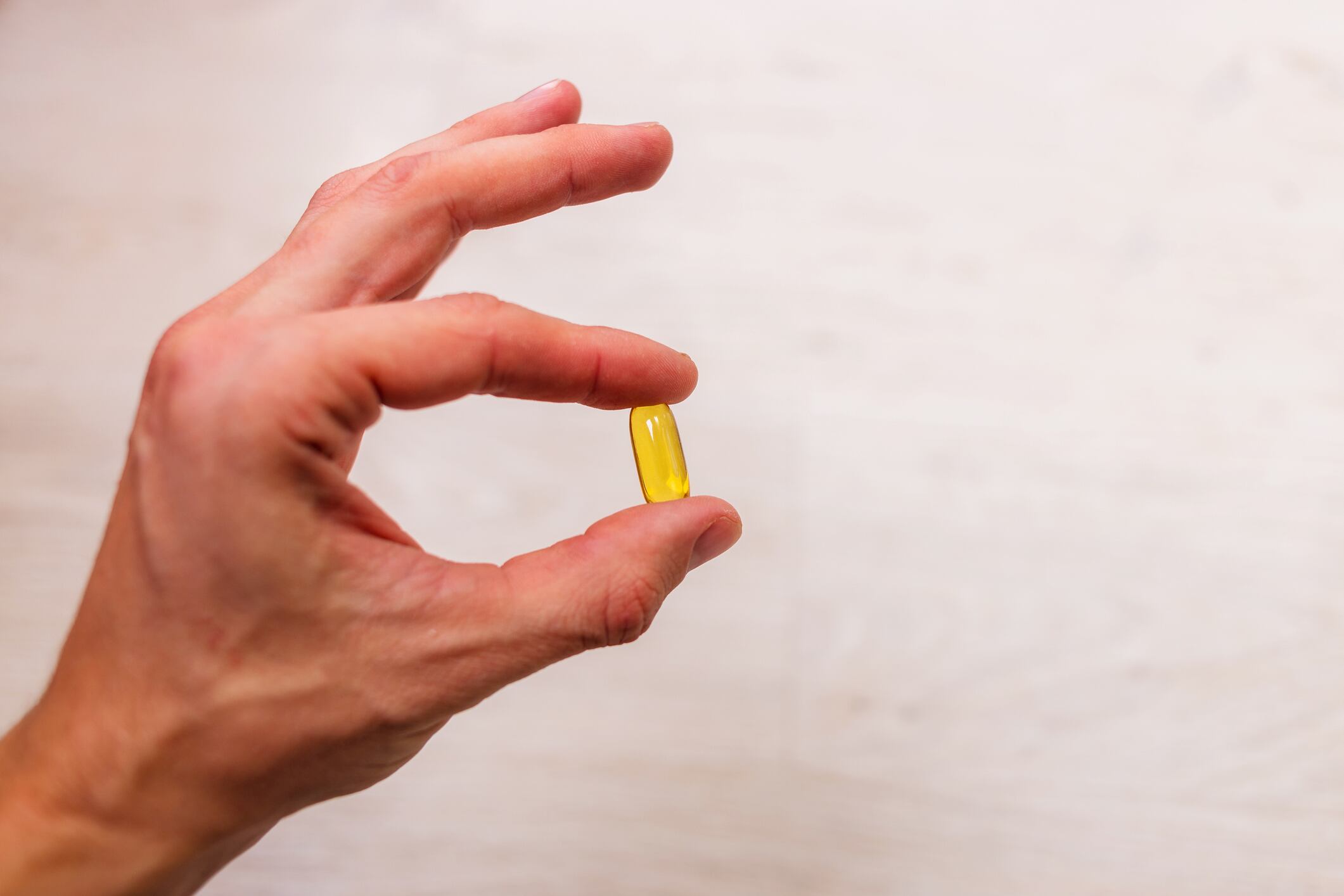The most widely available and by far the most studied form of creatine on the market is creatine monohydrate. This form was pioneered by German chemical company Alzchem, located in Trostberg in Bavaria in far southern Germany.
Cheap power part of company’s founding story
That location matters, said Steve Krask, the company’s CEO for North America. Azlchem is a diversified manufacturer of industrial, agricultural and pharmaceutical chemicals in addition to nutritional products. All of these chemical processes need energy, and the company, located on the Alz River, benefited from the time of its founding in 1908 from the power of water flowing downhill from the nearby Alps.
“Alzchem used to have its own hydropower plant,” Krask told NutraIngredients-USA. “Having cheap electricity was a competitive advantage for the company.”
In addition to power (and water), Krask said every creatine monohydrate manufacturer needs access to a critical raw material: cyanamide. This is a byproduct of the production of carbides, which are surface hardening agents used in metallurgy as well as other industrial uses. So Krask said any creatine monohydrate manufacturer needs to be close to a carbide plant, which is the case for Alzchem and for the manufacturers of the ingredient in China.
“Creatine is a compound of three amino acids: arginine, glycine and methionine. The best way to make it commercially is to react cyanamide with sarcosinate,” Krask said.
The resulting mixture is heated, with creatine monohydrate precipitating out.
Pandemic disruptions figured into short supply
Krask acknowledged the reports of creatine monohydrate shortages in the market, which to some degree has driven the popularity of other forms of the ingredient.
“The problem has been getting the Chinese creatine monohydrate out of China and to the US market. That problem has affected all categories of goods,” he said.
Krask noted that Alzchem (formally known as Alzchem Group AG) markets its Creapure brand of creatine monohydrate. While the company has a long market history with the ingredient, it does not hold any sort of international patent. So it competes openly with the Chinese sources, and does so mostly on claims that its product is purer and of higher quality that what’s offered by the competition.
The complexity of creatine manufacture and the raw material constraints means it’s neither quick nor easy to boost supply, Krask said. Alzchem has a new plant devoted to creatine that is in the final stages of construction and should be complete by sometime in November of this year. That will about double its production capacity, but it came at a cost. Krask said the company has invested more than 12 million euros (about $11.8 million at current exchange) into the project.
Clouded electricity picture
Whether that plant will hit the ground running full tilt or at a jog depends on the availability of electricity. The German power markets have been turned on their heads by the decision by Russian leader Vladimir Putin to shut off natural gas deliveries to Western Europe. Germany made the decision years ago to move more quickly into renewable energy and in so doing decommissioned most of the country’s nuclear power plants. The country has also looked to reduce its reliance on coal burning for electricity generation in order to meet lower carbon emission targets.
But that process is not complete, and natural gas was in part being relied upon to bridge the gap, as well as to provide surge power generation at night or when the wind doesn’t blow (or on those days of the year that are both cloudy and windless). In 2020 about 12% of German electricity generation came from gas. But about half of German homes are heated with gas, and if the supply remains short many homeowners might have to switch to electric heaters, further straining the market.
Putin shut off the gas ostensibly to retaliate for NATO support of Ukraine during the current war, and is demanding that economic sanctions against Russia be lifted before the flow is restored.
Krask said no one knows what the future will bring on that score. For the moment, Alzchem is proceeding with its plans.
“Right now we’ve got electricity. It just costs an arm and a leg. We’ve got arrangements with the local power company in which we’ve purchased power in advance,” he said.
Monohydrate form has most backing
Rick Kreider, PhD, an expert on creatine from Texas A&M University (and who, full disclosure, has consulted with Alzchem on claims) said the shortage of creatine monohydrate has boosted the popularity of some other forms of creatine, such as creatine HCl, creatine nitrate, creatine citrate, creatine pyruvate and others. But he said the overwhelming amount of scientific evidence pertains to the monohydrate forms, with others having little to no scientific backing.
“We still maintain that creatine monohydrate is by far the most effective and the cheapest form. Recent availability has been a challenge,” he said.
“There are only about 30 papers out there on the alternative forms. Of those the creatine salts appear to have some legitimacy,” he said.
“And there’e a form out there called Super Creatine that has no evidence at all,” he said. Indeed, some of the websites pushing Super Creatine cite as backing Kreider’s own research done on creatine monohydrate.
Creatine has long been studied for muscular benefits, boosting strength, increasing lean muscle mass and helping muscles recovery more quickly after exercise and now is being mentioned for its anti aging benefits as well such as cardiovascular and immune system performance benefits. Kreider said he’s concerned, though, that misinformation continues to circulate about the monohydrate form.
“To be honest a lot of it is perpetuated by the manufacturers of these different form. It doesn’t cause bloating or cramping. None of that stuff is true,” he said.




